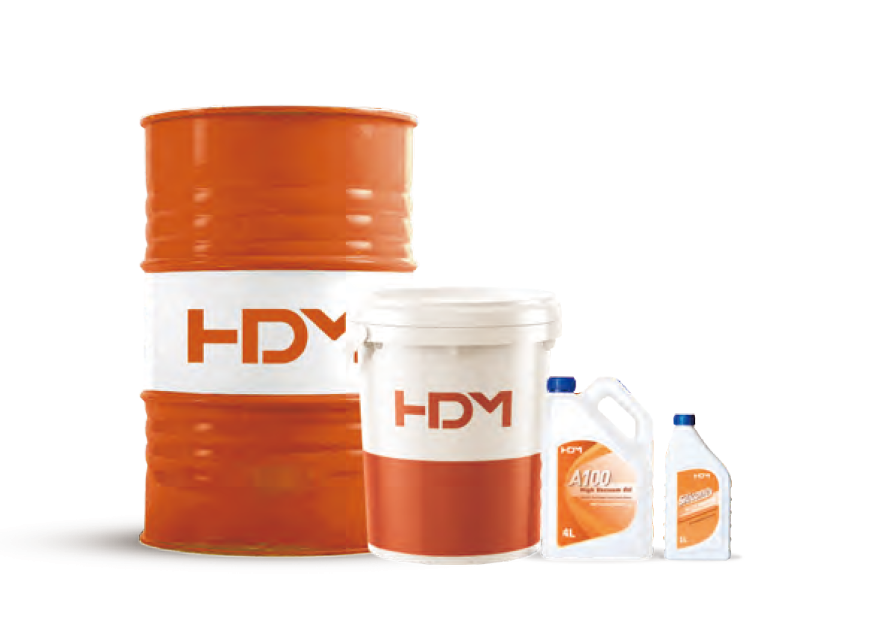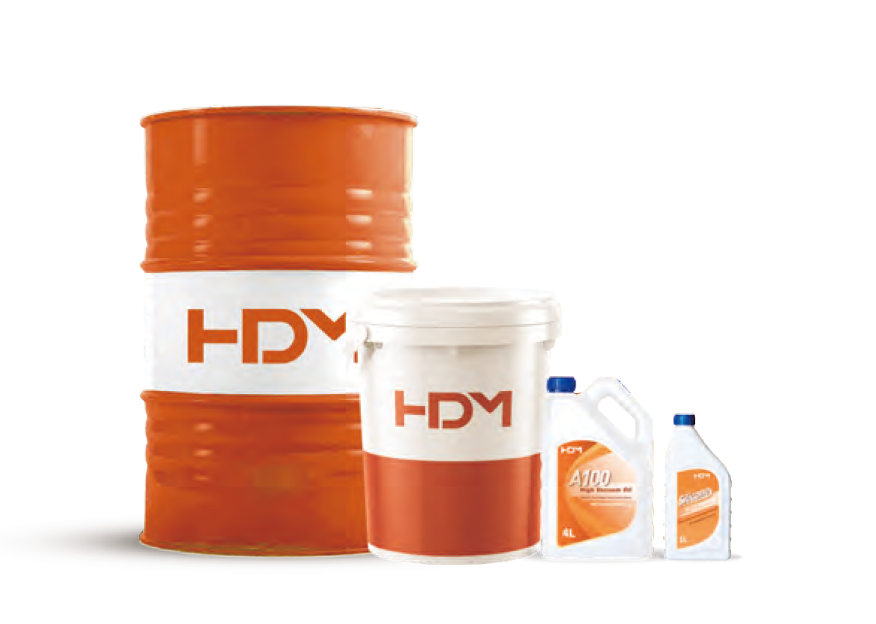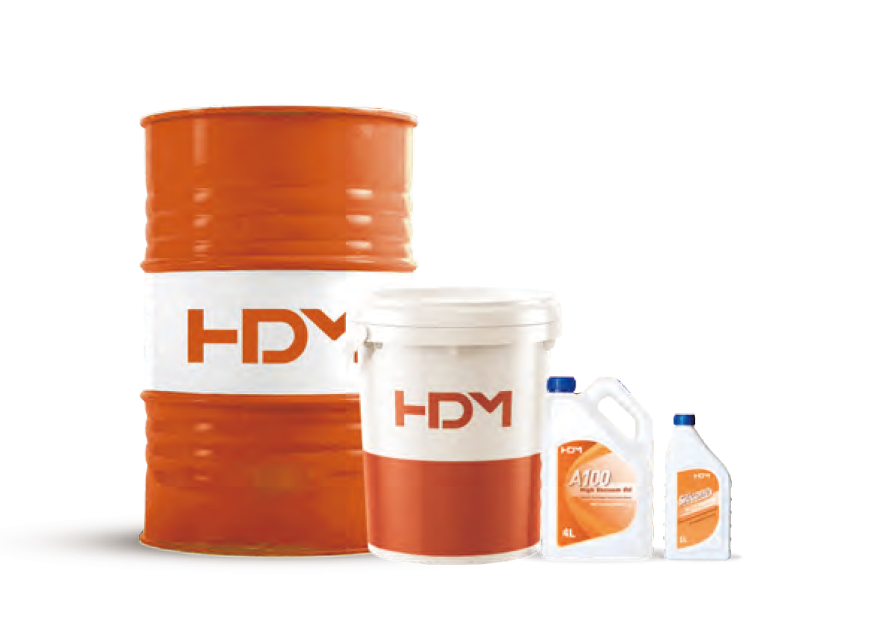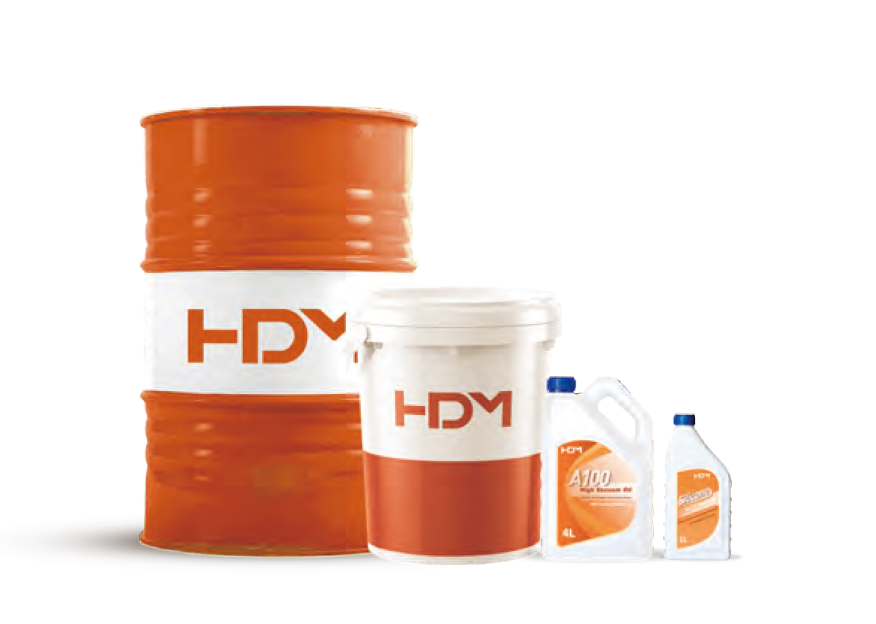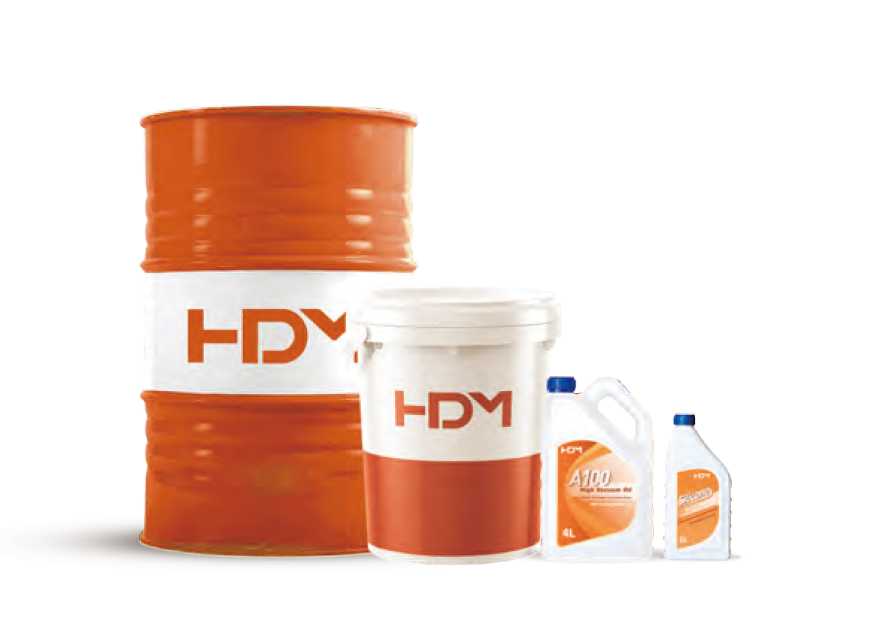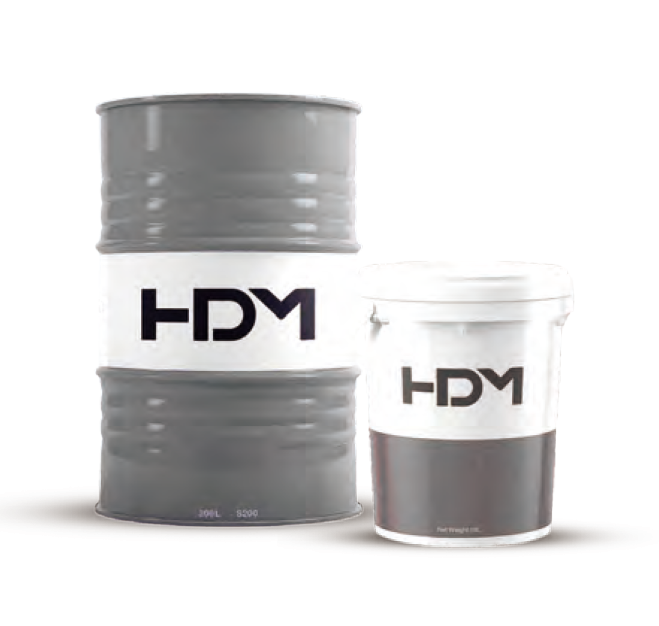Once our lubricants leave the care of HDM or its agents, their continued suitability depends on the quality of storage and handling procedures. To ensure the maximum shelf life of your lubricant, you should consider several guidelines.
The quality of HDM lubricants leaving the blending plant is closely monitored. Great care is taken during manufacturing, packaging and shipping to ensure that the product is free from contaminants and fully meets or exceeds its stated specifications.
However, when lubricants are stored in customers' warehouses, the shelf life of these products is largely dependent on environmental and storage conditions.
Conditions Affecting Shelf Life
All oils that come into contact with air are subject to oxidation, including stored lubricants. Lubricant formulation affects oxidation rate and shelf life:
- Base Oils: Highly refined mineral oils and synthetic hydrocarbons extend shelf life while low grade mineral oils and inorganic esters shorten shelf life.
- Additives: Presence of rust inhibitors and antioxidants increases shelf life, while EP additives shorten shelf life
- Thickeners: The presence of thickeners in greases increases the rate of degradation and limits shelf life.
Oil companies often provide a shelf life on the products they sell. Based on surveys of our competitors and our own experience, we recommend the following shelf life for products when stored in a closed environment:

However, the rate at which lubricants degrade is also affected by environmental and storage conditions.
The most important factors affecting the shelf life of lubricants are:
- Storage Temperature: Increasing the storage temperature of a lubricant by 10°C (18°F) doubles the rate of oxidation, which cuts the life of the oil in half.
- Exposure to light
- Humidity, Oxygen: The presence of water increases the rate of oxidation.
- Storage environment (covered or exposed, indoor or outdoor)
How to Store Lube Indoors
All lubricants are best stored in rooms with limited temperature variations. If indoor space is limited, preference should be given to small packages, unsealed packages and lubricating oils that are susceptible to frost. The room temperature rarely drops to such an extent that the lubricant is adversely affected.
On the other hand, it is advisable to avoid excessive localized heat from steam pipes, furnaces, heaters, etc. to prevent thermal degradation or volatilization of solvent-containing grades. The warmest part of the warehouse or store should be reserved for high viscosity oils for easier distribution. Stored lubricating oil should always be kept dry to prevent container corrosion.
How to Store Lube Outside
Lubricants can be stored outdoors if the product is protected from temperature extremes and water intrusion. Most lubricants are not affected by other climatic conditions and can be stored outdoors for a limited period of time. However, lubricants that are sensitive to the effects of frost, such as oil/water emulsions and water-miscible fluids, should be protected if temperatures below 0°C (32°F) are expected.
The following products should not be stored outside:
- Insulating oil
- Refrigerator oil
- Grease
- Pure cutting oils containing fatty oils or compounds that solidify and separate in very cold conditions.
Drums placed in the open air are subject to changes in temperature and internal pressure. This causes the seal to "breathe" where it leaks, and moisture is easily drawn in - especially if the lid is upright, since the top of the bucket forms a rainwater catcher. Water on top of the barrel can also cause rust.
Smaller packages of lubricant, such as drums or pails, cannot withstand harsh weather conditions. When outdoor storage is unavoidable, it should be protected from rain and moisture while ensuring air circulation.
What should I do if the shelf life expires?
If the shelf life of a lubricant has been exceeded, it does not mean that the product is no longer usable. In such cases, samples can be sent to the Kuwait Petroleum Research and Technology Center (KPR&T) to assess possible product degradation. Following analysis of the samples, KPR&T will advise on the further use of the product.



